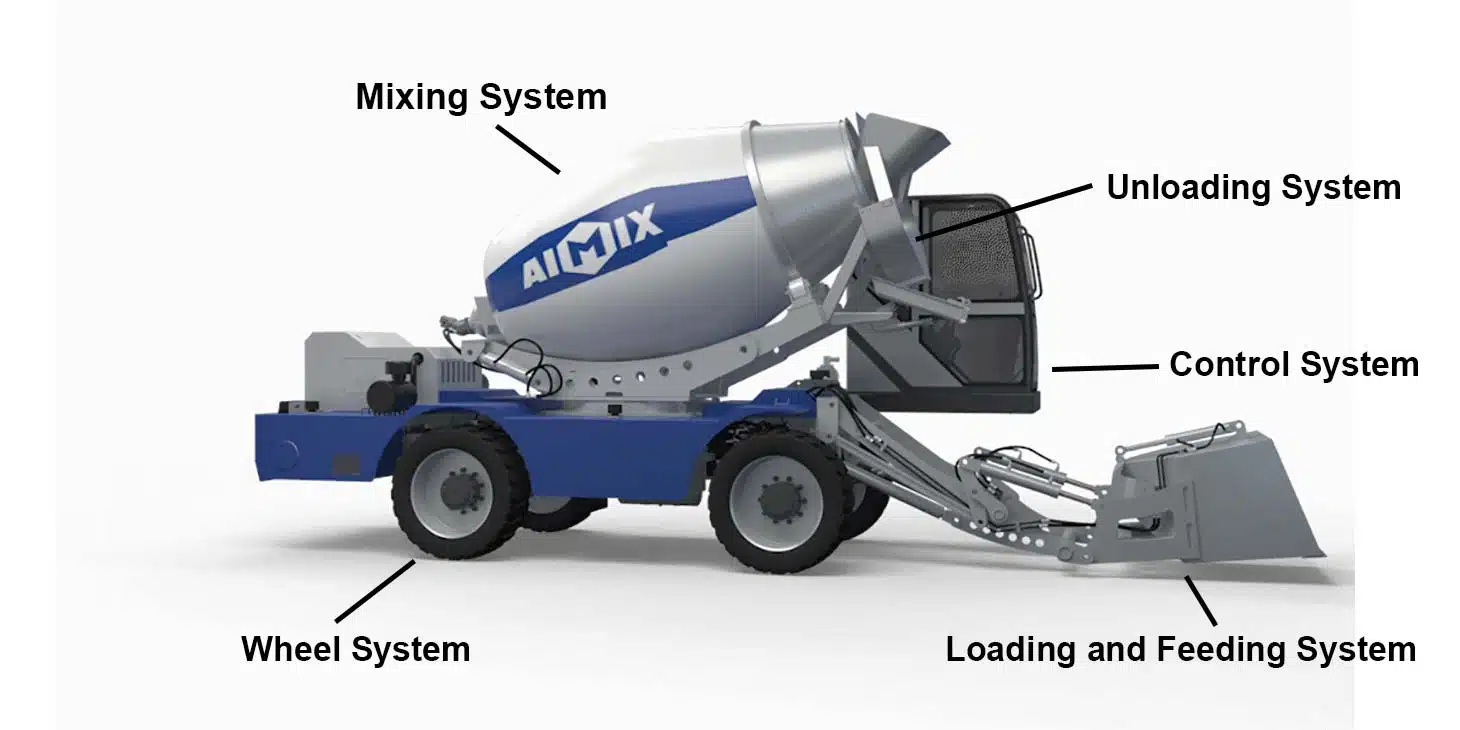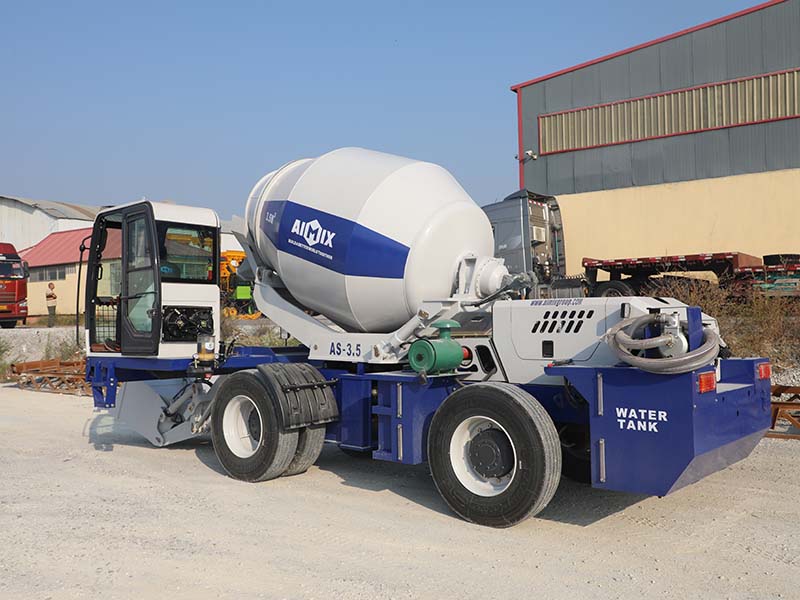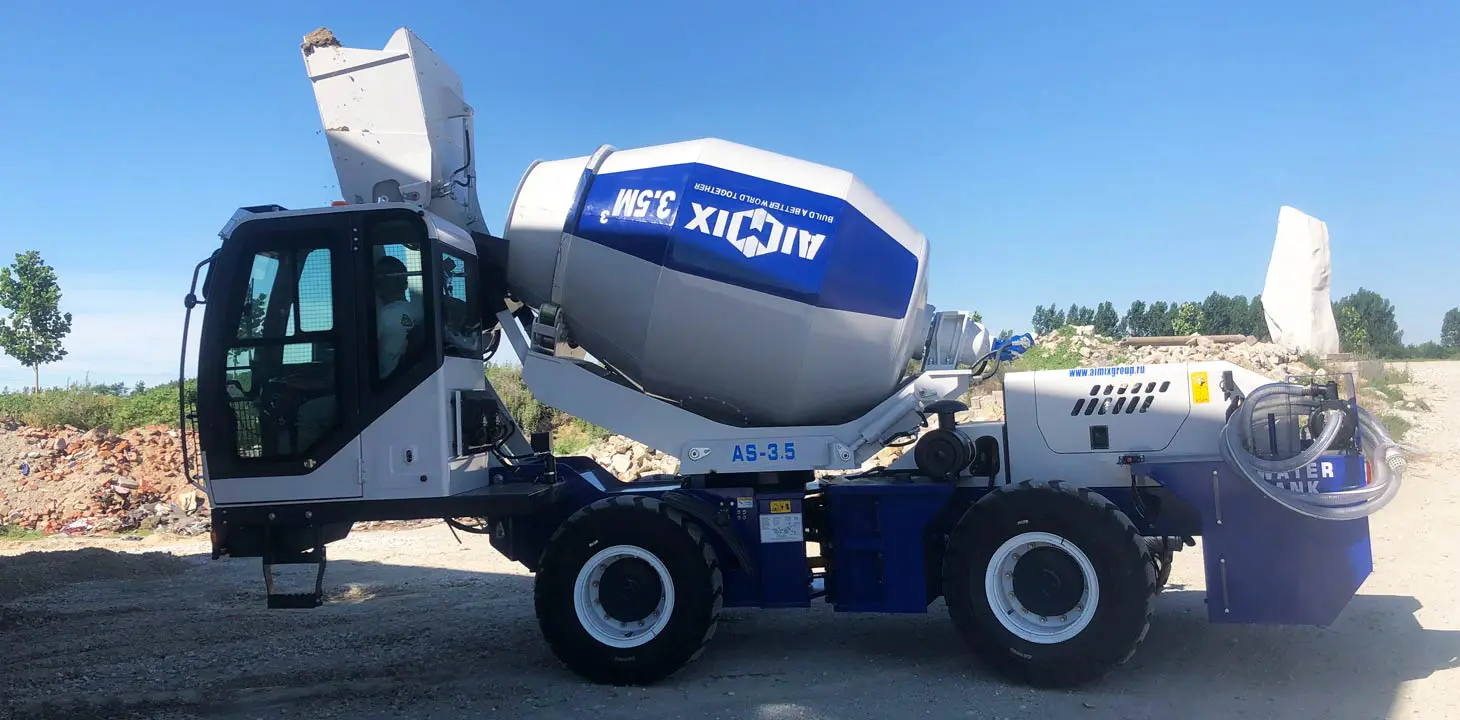Self-loading mixers have become indispensable in the construction industry, revolutionizing the way concrete is produced and transported. In this essay, we will delve into what self-loading mixers are, their applications, operational guidelines, and the transformative impact they have on construction processes.
What is a Self-Loading Mixer?
A self-loading mixer is a specialized construction vehicle designed to efficiently produce, mix, and transport concrete on-site. Unlike traditional concrete mixers, these innovative machines are equipped with a self-loading mechanism, allowing them to load raw materials, mix the concrete, and discharge it without the need for additional equipment or labor.

Applications of Self-Loading Mixers
1. Construction Sites
Self-loading mixers find extensive applications on construction sites of various scales. They are ideal for projects where the demand for concrete is dynamic, and the ability to produce the required quantity on-site is essential. Common applications include residential construction, road projects, and infrastructure development.
2. Remote Locations
These mixers are particularly valuable in remote or challenging locations where access to ready-mix concrete is limited. The ability to produce concrete on-site reduces dependency on external suppliers, making them suitable for projects in areas with limited infrastructure.
3. Infrastructure Development
Self-loading mixers play a crucial role in large-scale infrastructure projects, such as bridges, tunnels, and dams. Their mobility, efficiency, and versatility contribute to the seamless integration of concrete production into the construction process, enhancing overall project timelines.

Operation of Self-Loading Mixers
1. Loading Raw Materials
The self-loading feature allows the mixer to load raw materials, including aggregates, cement, and water, at the construction site. This eliminates the need for a separate loader, streamlining the overall operation and reducing the self loading mixer required on-site.
2. Mixing Process
Once the raw materials are loaded, the mixer employs an efficient mixing mechanism to ensure a homogenous and high-quality concrete mix. The mixing process is typically controlled through user-friendly interfaces, allowing operators to adjust parameters for different mix designs.

3. Transportation
After the mixing process is complete, the self-loading mixer serves as a transport vehicle, carrying the freshly mixed concrete to the desired location within the construction site. The mobility of these mixers enhances flexibility in placing concrete precisely where it is needed.
4. Unloading
Upon reaching the designated location, the self-loading mixer can discharge the concrete directly into forms or construction elements. This on-site discharge capability reduces the need for additional equipment, such as concrete pumps or wheelbarrows, streamlining the construction process.
Operational Guidelines for Self-Loading Mixers
1. Maintenance
Regular maintenance is crucial for the optimal performance of self-loading mixers. Operators should follow self loading concrete mixer suppliers guidelines for routine checks, lubrication, and inspections to ensure all components are in good working condition.

2. Operator Training
Proper training of operators is essential to maximize the benefits of self-loading mixers. Operators should be familiar with the machine’s controls, safety features, and troubleshooting procedures to operate it efficiently and safely. Also, you can learn more about the operation from this page: https://aimixgroup.com/how-to-handle-self-loading-concrete-mixer/.
3. Loading Capacity
Operators should be aware of the mixer’s loading capacity and adhere to recommended limits. Overloading can affect the quality of the concrete mix and strain the machine, leading to increased wear and tear.
4. Quality Control
Implementing quality control measures during the mixing process is crucial. Regular testing of the concrete mix ensures that it meets the specified strength and consistency requirements, contributing to the overall success of the construction project.
Conclusion
In conclusion, self-loading mixers have transformed the landscape of concrete production in the construction industry. Their versatility, mobility, and on-site mixing capabilities make them invaluable for a wide range of applications, from small-scale residential projects to large-scale infrastructure development. Understanding their operation and adhering to operational guidelines are key to unlocking the full potential of these innovative self loading concrete mixer with pump, contributing to more efficient and streamlined construction processes.